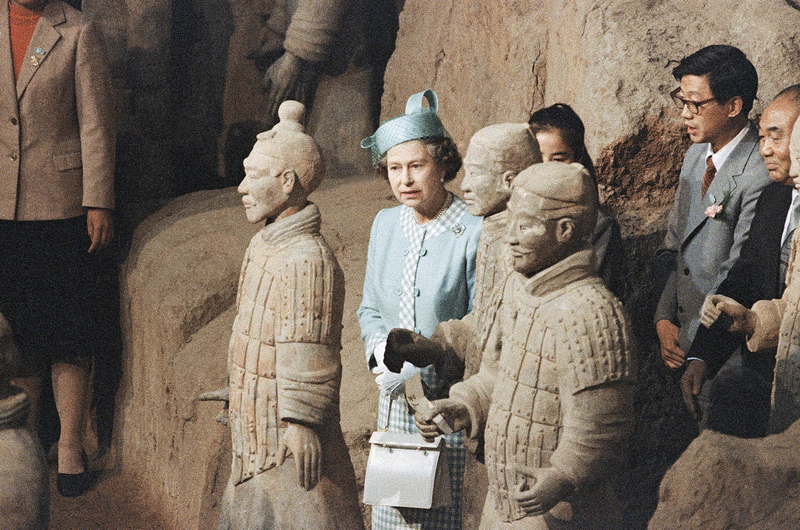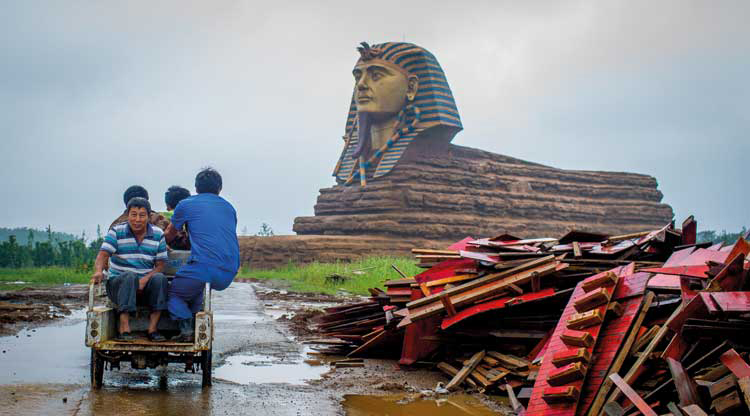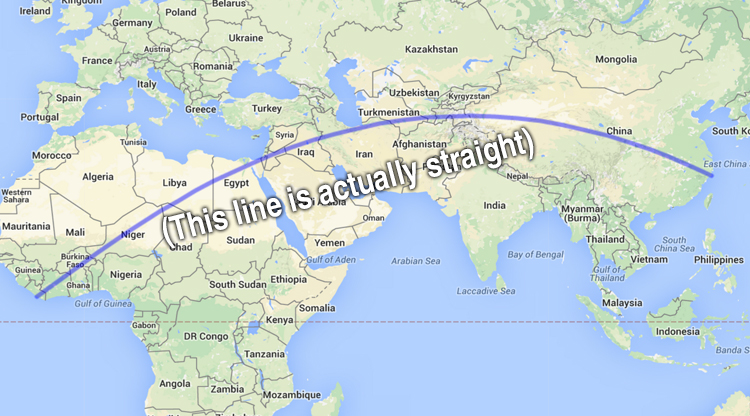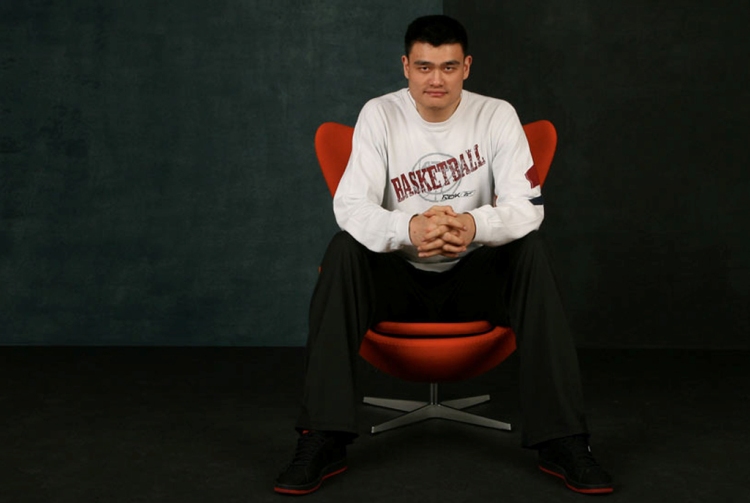After years of collecting dust, archaeologists in Shaanxi Province are preparing to excavate pit two of the world-famous Terracotta Army for the second time.
In 2003, experts found a mass grave containing 121 skeletons near the terracotta warriors, part of the first emperor Qin Shi Huang's burial mound near Xi'an. Among these was one that, through DNA testing, was shown to posses "Eurasian features." The bones, believed to have belonged to someone from central Asia, prove that China and its neighbors to the west already had regular contact well before the age of the Silk Road.
The expired expatriate has also raised hopes that archaeologists might find terracotta figures of non-Chinese soldiers in the unexcavated pits. The bones prove that their were 'migrant workers' in ancient times, so foreign soldiers are not that much of a stretch of the imagination.

READ MORE: Arnold Schwarzenegger visits Terracotta Warriors in Xi'an
Those in the know say that the probability of finding better preserved soldiers with intact coats of paint is higher in pit two, where items have generally experienced less damage than in pit one. Many of the models in pit two are kneeling archers who, more deeply submerged in mud, are more likely to have retained their original features.
After digging in the 1990s turned up a single, mysterious green-faced figure, hopes are high that more such figures will be discovered now and help to solve the mysterious of what the green face means. Standing amongst a sea of his pink-faced counterparts, theories have since buzzed about what the unusual color could signify. Some believe it was simply a fierce shade intended to strike fear into enemies while others have guessed he might be a camouflaged sniper.
RELATED: Sasha Obama unimpressed by endless identical statues





















0 User Comments